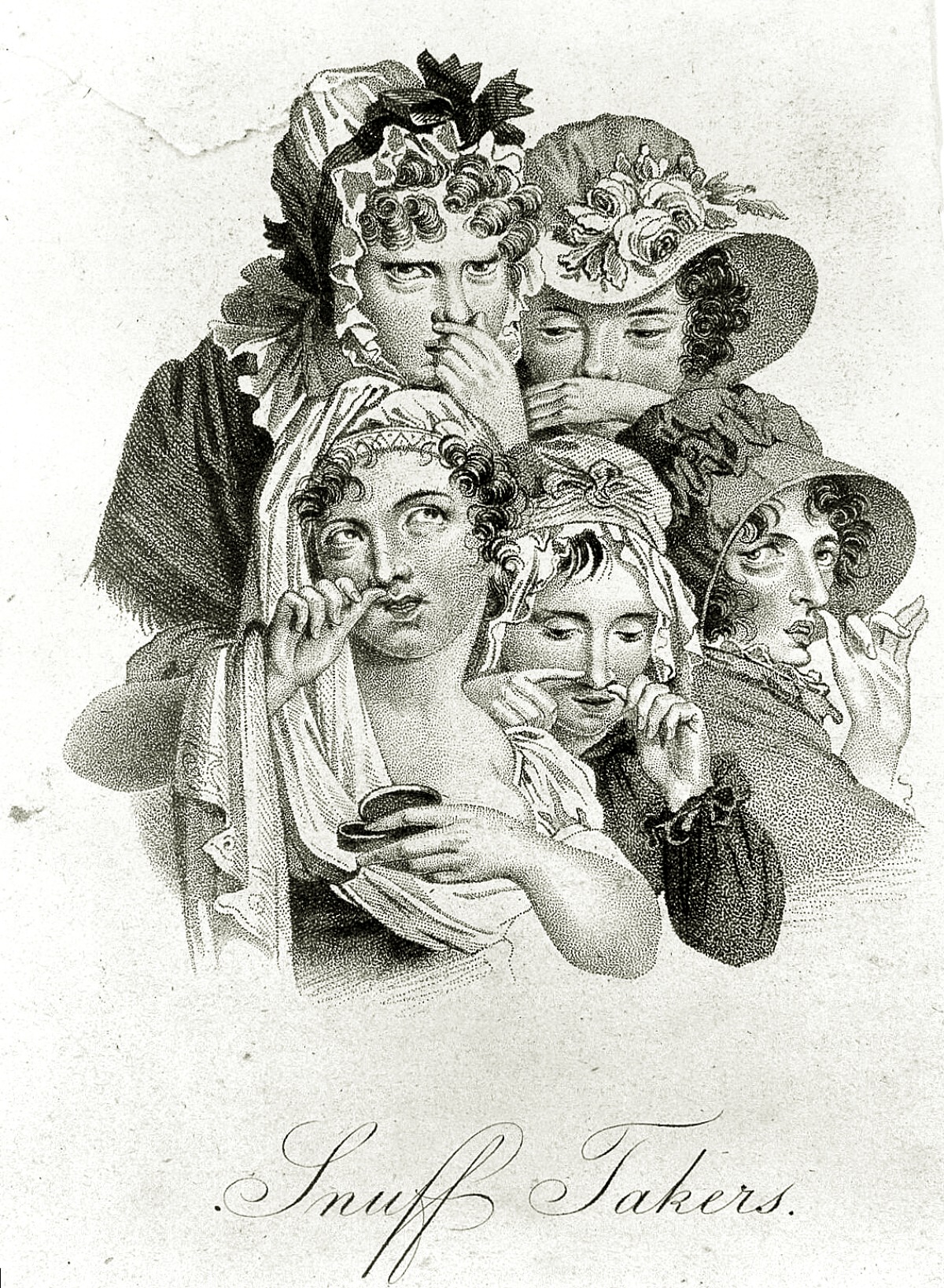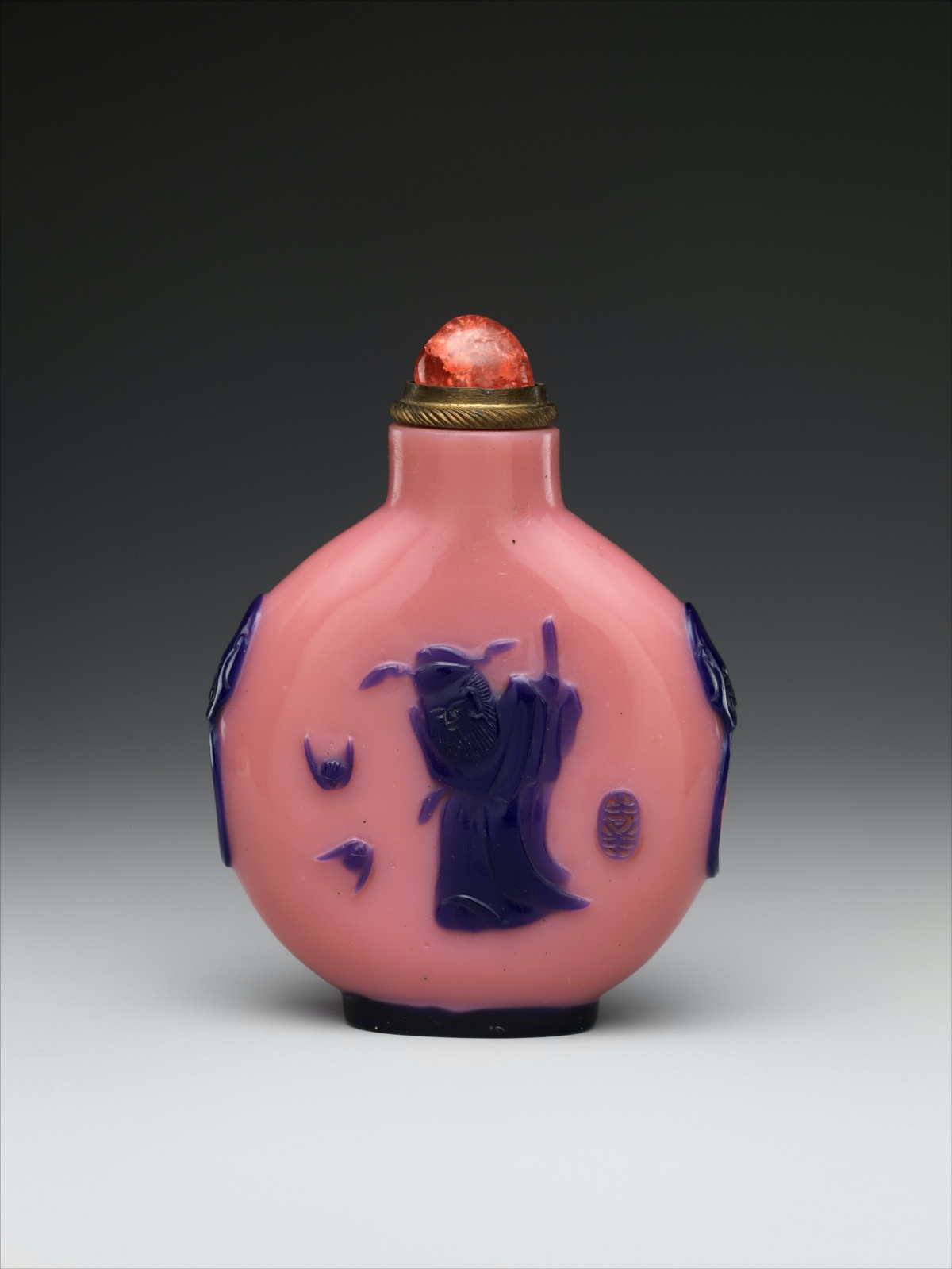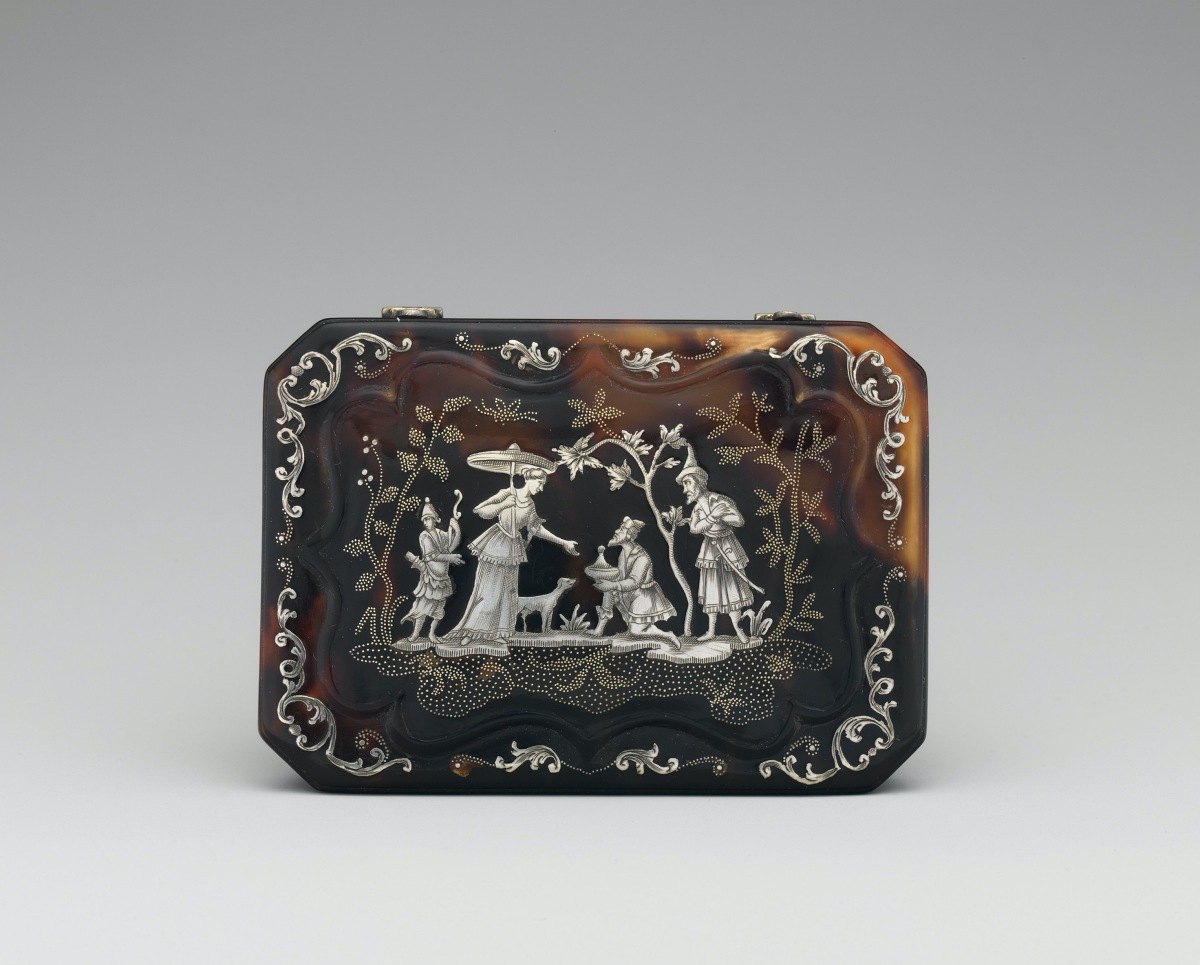The Rise and Fall of Snuff
It was so popular, as were all the things that went with it.
The word “tobacco” did not originally refer to the addictive, New World plant. Rather the “tobago” was a type of tool used by Native Americans in South America and Trinidad for taking snuff. An altered pronunciation of the name stuck with Spaniards, who used it to call the plant itself. From that point on tobacco was spread around the world, a wonder of the Americas. While most people today smoke it, there was a time when snuff was the most popular way to use the plant.

The aforementioned tool was a Y-shaped straw meant for snorting dried and cured tobacco that had been ground finely. This was highly popular in the pre-Columbian era, but smoking a tobacco pipe was not unheard of either. It was also chewed as a medicinal plant thought to alleviate hunger and thirst, brighten teeth, and stave off exhaustion.
Tobacco seeds have been found among South American tribal goods from 3,500 BCE, showing that the plant had a long history of cultivation before Europeans came to the area. Following its export to Africa, Europe, and Asia the plant gained popularity wherever it was sold. And, for a long time it was mainly used as snuff.

Snuff can be thought of as a very dry, very fine, very scented version of chewing tobacco, though it’s uncommon today. Like many of the most extravagant and desirable goods of that era the best snuff combined rich and costly flavorings that elevated any given blend into an exclusive product. Popular scents/flavors were rose, mint, apricot, plum, coffee, wine, cinnamon, and honey.
Some of these same aromas were popular in fragrances, as well as in food. Uniting far flung ingredients from around the globe showed how precious this consumable was. And, to hold one’s precious snuff the snuffbox the accessory of the moment- carried by men and women alike and available in all different kinds of designs. Those who didn’t want to sully their hands could use a small tool for the purpose of snorting snuff, but it was also sometimes applied to the gums or sprinkled on food, too.

Using snuff was handy as it was permitted in places smoking was not. Examples of such places were on British naval vessels and in the British House of Commons. This was long before health concerns made smoking taboo. But, such places of investment and wealth had to be protected from fire. Snuff was the obvious choice in these scenarios and it is even still offered to MPs today as part of a centuries-old tradition.
So what made this commodity fall from favor? In the US a break from Britain prior to the Revolutionary War was seen in many areas. The tradition of using snuffboxes seemed rather formal and extravagant- something that colonists associated with the British authorities.

The snuffboxes were also seen as part of a dying trend, as they were extremely costly to acquire. Lord Byron was said to have spent 500 Guineas on a collection of gold and silver snuffboxes in one go, which would be more than $50,000 in today’s money.
In the end it was cheaper and easier to smoke tobacco or use chewing tobacco instead of using snuff- and to many it seemed more American than the British way to use tobacco. Anti-spitting laws in the US around the end of the 19th century made chewing tobacco less attractive and smoking became the most common way to consume tobacco. Using snuff was still popular in England in the Victoria era, but even there its popularity waned greatly during the 20th century.

Today snuff isn’t widely used in most countries, but old snuffboxes can still demand good prices. Their small size and delicate craftsmanship make them ideal for pillboxes, trinket boxes, or just as decorative objects. As with other objects that signaled wealth, a lot of resources could go into to 1 little box- not unlike a Fabergé egg. And, yes, Febergé also made snuffboxes, too.
SKM: below-content placeholderWhizzco for DOT

